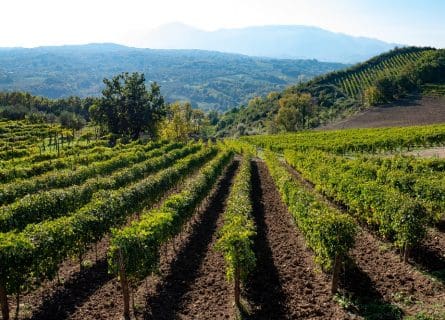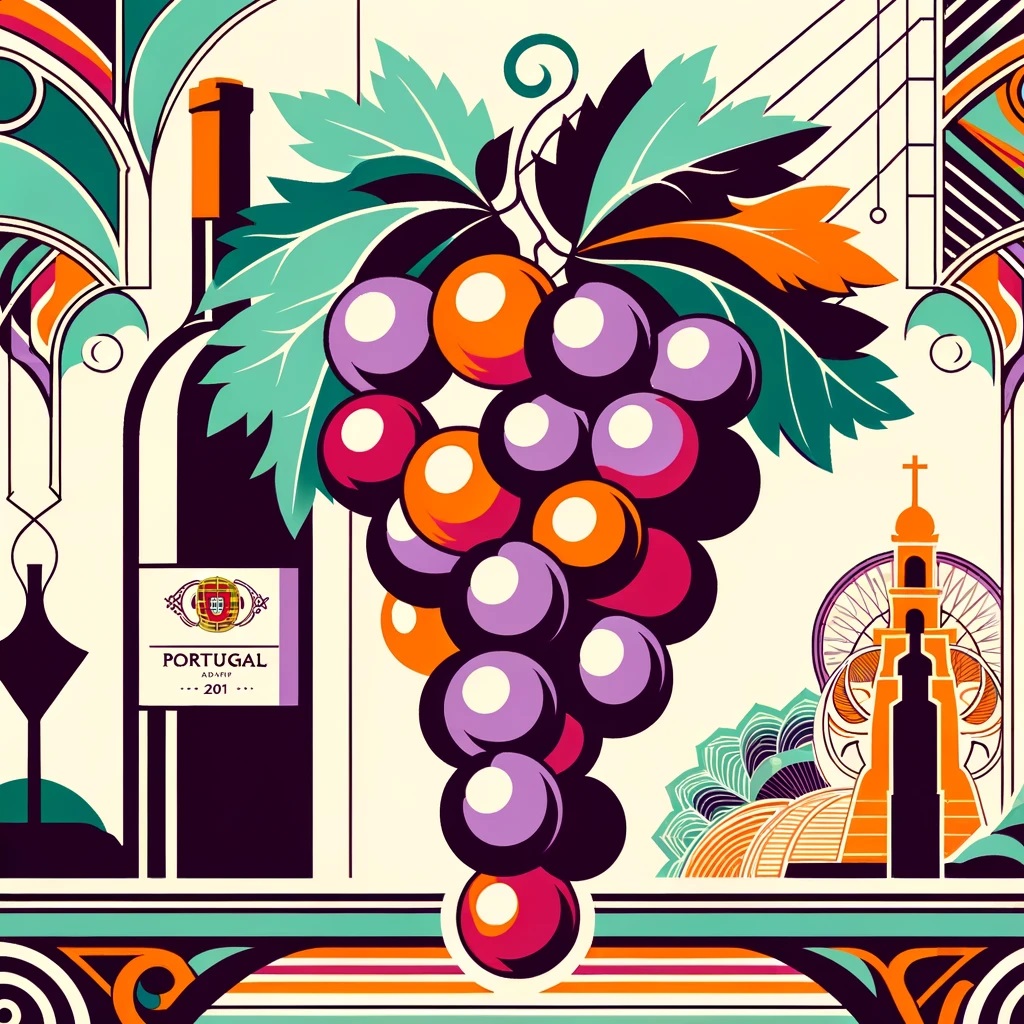
Coda di Volpe Grape Variety: A Second Chance
November 21, 2022
Experience Campania's diverse Coda di Volpe wines, from traditional blends to rich mono-varietal expressions, a true taste of terroir.
By: Genevieve Mc Carthy / Last updated: April 11, 2024
Estimated reading time: 5 minutes
The diversity of grape varieties in Portugal is truly remarkable, particularly when considering the relatively small area dedicated to vineyards. With over 250 native grape varieties and an increasing number of international ones being cultivated with great success, the country offers an almost infinite choice of varietals. This rich variety, combined with the unique terroir found throughout Portugal, contributes to the production of exceptional and increasingly impressive wines.
When exploring Portuguese wines, you will likely encounter a range of grape varieties, some of which have amusing names. Here, we have compiled a list of the main varieties that you may come across:

If you would like us to customize an exclusive luxury tour, contact us and let us know your travel plans. We offer luxury food and wine tours for private groups of a mininium two guests. In addition, all of our private, chauffeured tours are available year-round upon request.


Guido Andriessays:
October 6, 2019 at 1:47 am
Would you please be so kind to provide me the full list of the 250 native Portugese uvas ? Thank you so much. Guido
josette debraggasays:
October 6, 2017 at 8:30 pm
What variety of grapes grow on the island of St. Maria Acores?